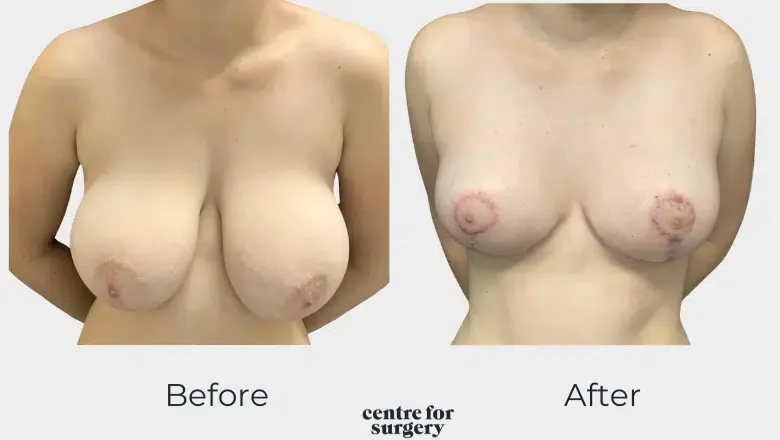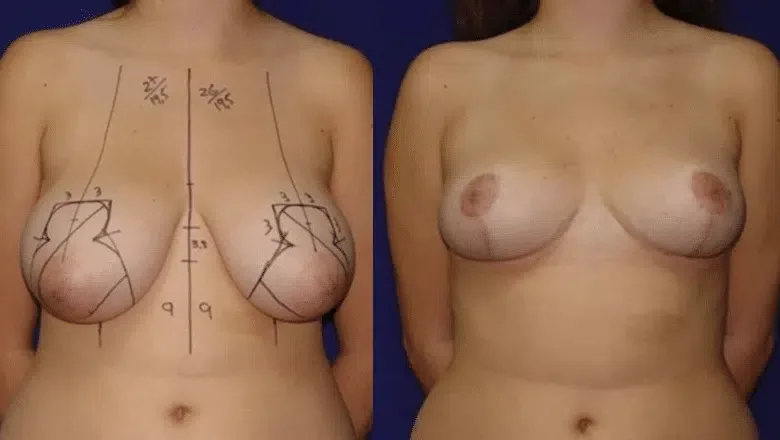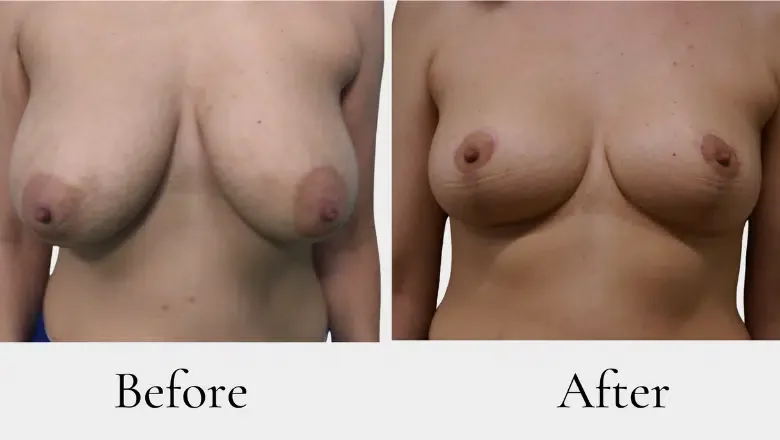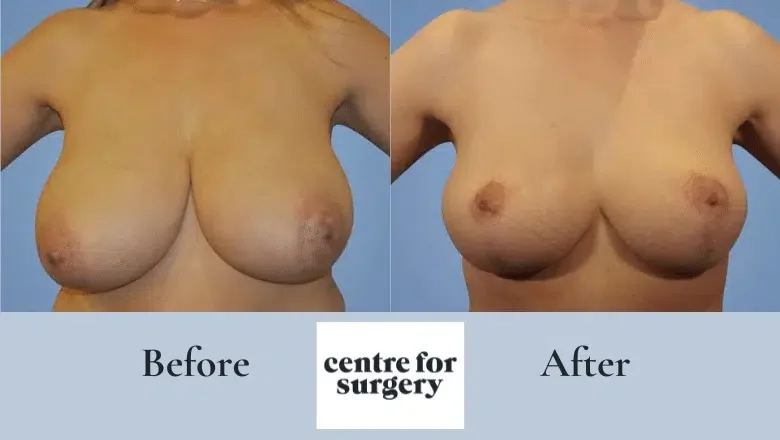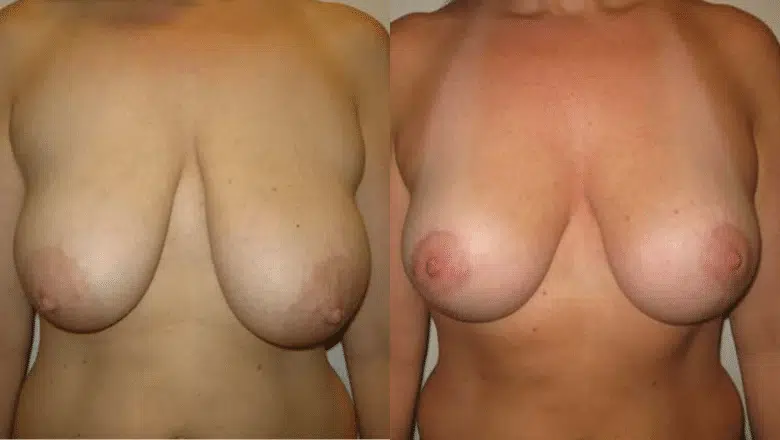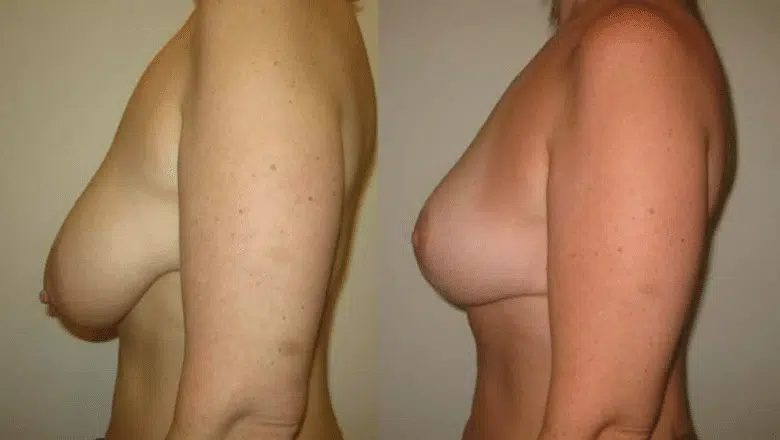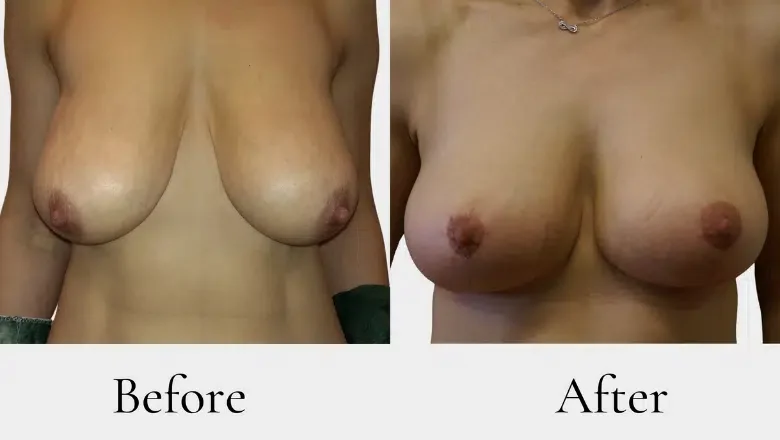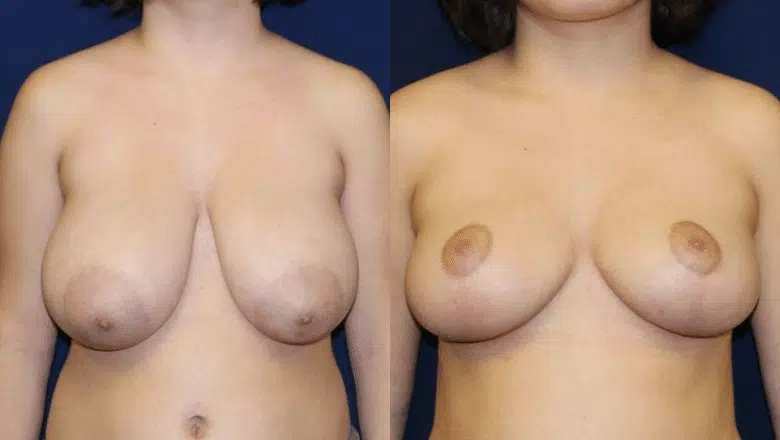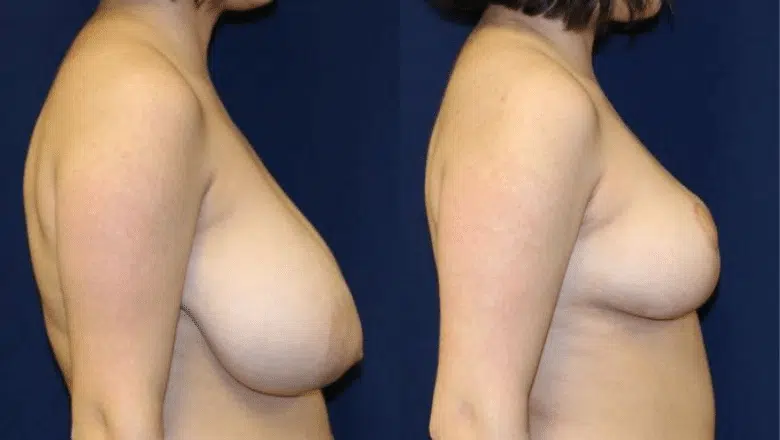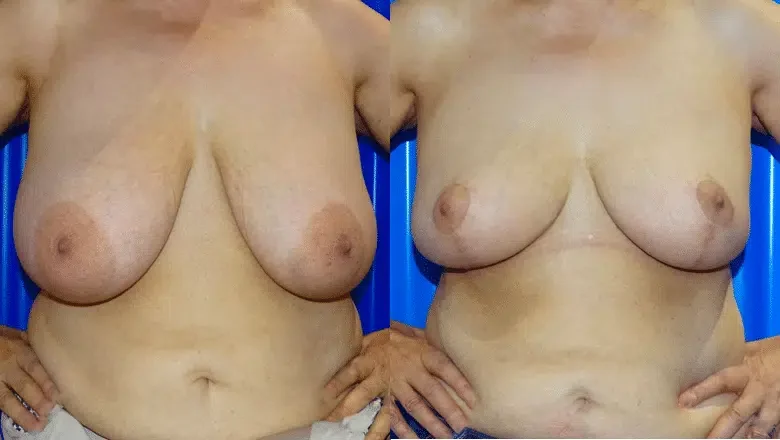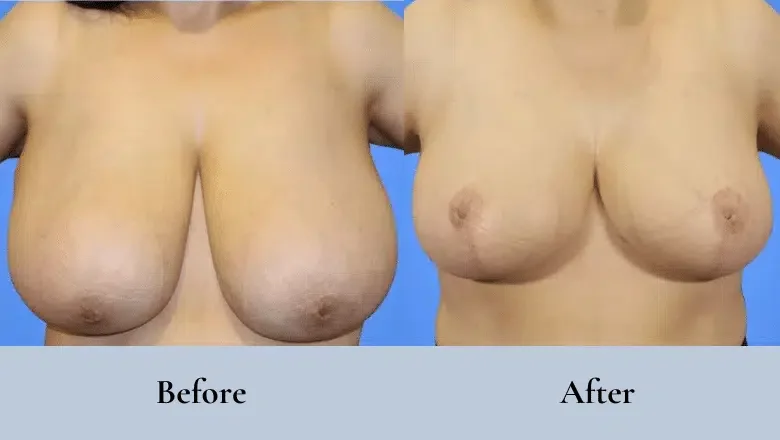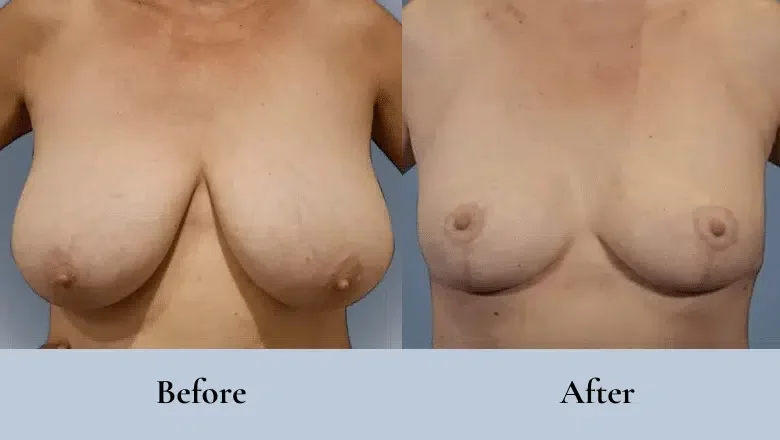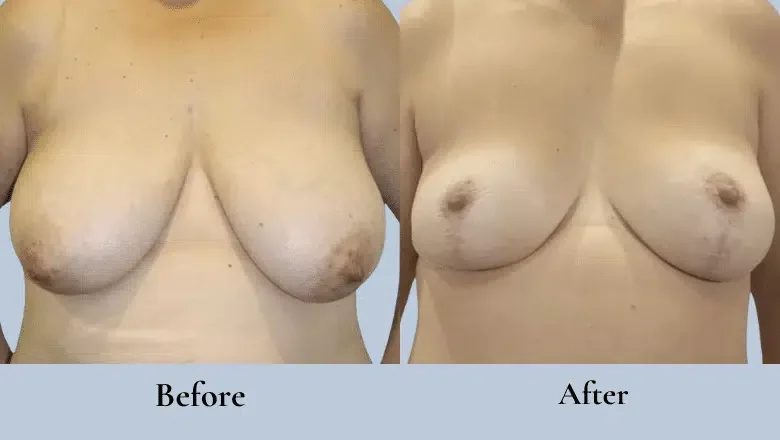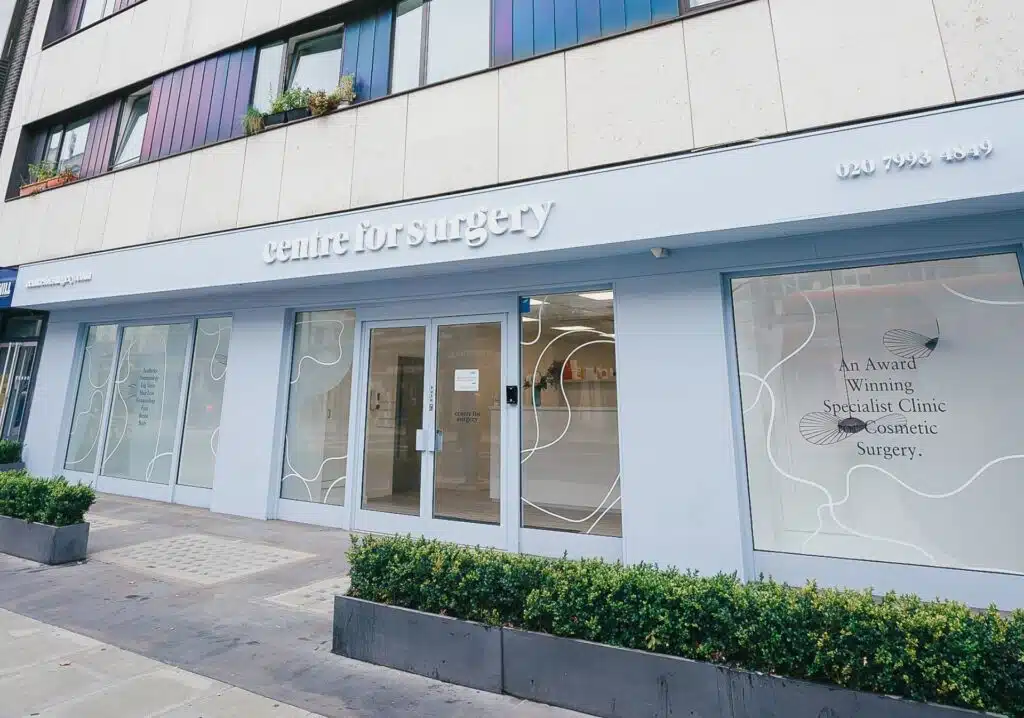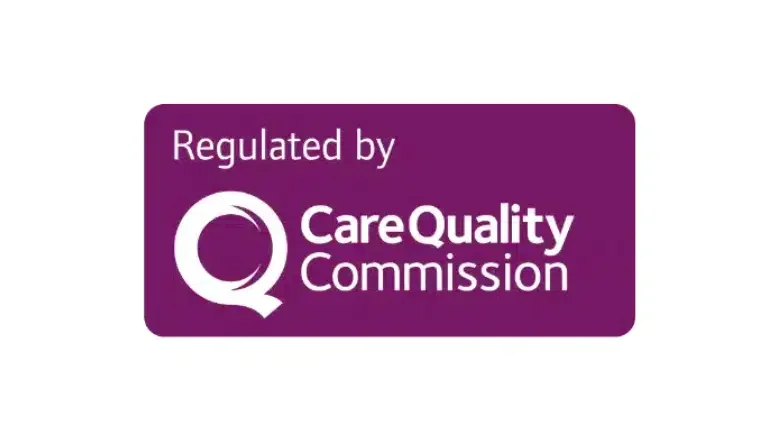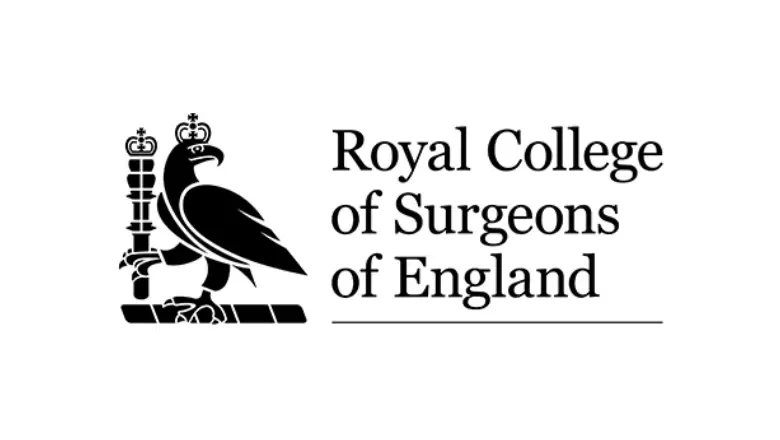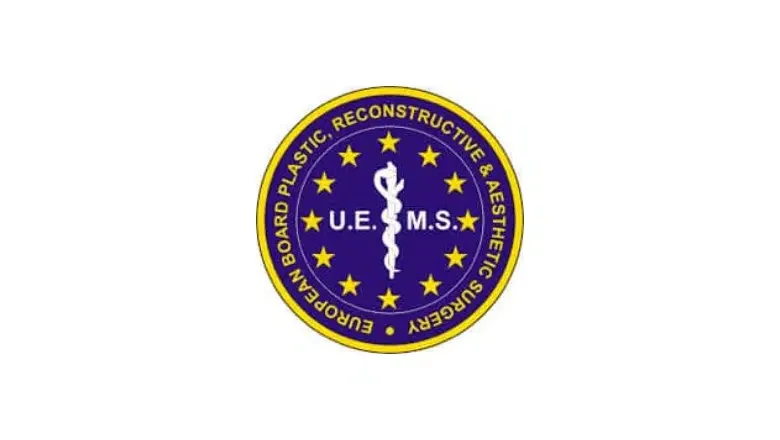Changes in Nipple Sensation After Breast Reduction Surgery
Undergoing breast reduction surgery can be a transformative experience, offering relief and a newfound confidence with a more proportionate figure. However, an unexpected twist for some is a change in the way their nipples feel. This isn’t an uncommon occurrence, yet it often comes as a surprise.
The relationship between undergoing a breast reduction and experiencing alterations in nipple sensation stems from the nature of the surgery itself. It’s a question many ponder – does the journey to physical comfort and aesthetic satisfaction come with a compromise on sensory experience?
At Centre for Surgery, our expert team of London plastic surgeons has extensive experience in breast surgeries and is well acquainted with the nuances of such procedures. The concern about shifts in nipple sensitivity is valid, but it’s not an inevitable outcome for everyone.
In this blog, we delve into the reasons behind these sensory changes post-breast reduction, identify when they might be a cause for concern, and share knowledge on how to potentially maintain nipple sensation. This guide aims to demystify the experience, offering peace of mind and informed expectations for those considering or having undergone the procedure.
Preserving Nipple Sensation During Breast Reduction
When it comes to breast reduction surgery, one of the main considerations for our surgeons at Centre for Surgery is the preservation of nipple sensation. This focus means that each surgical plan is meticulously crafted to minimise the risk of sensory loss.
A pivotal strategy employed is the ‘superomedial pedicle technique.’ This method ensures that the nipple and areola remain connected to their original nerves and blood supply, greatly increasing the odds of retaining normal sensation post-operation.
The precision in dissection around the nipple-areola complex (NAC) is also crucial. Our surgeons’ deep understanding of breast anatomy enables them to carefully navigate and spare major nerve tracts during surgery, thus diminishing the likelihood of nerve damage.
The timeline for the return of nipple sensation can vary widely among patients. Initially, changes in sensation or numbness may be noted, primarily due to surgical swelling and trauma. Over time, as healing progresses and nerves regenerate, the sensation typically begins to return. This recovery can be either gradual or sudden and may span from a few months to over a year.
The key to minimising the risk of permanent sensation loss and avoiding postoperative complications lies in the choice of surgeon. It is essential to select a surgeon who:
- Specialises in breast surgeries, with a focus on the preservation of sensation following breast reduction.
- Has undergone rigorous training in plastic surgery, with a wealth of experience in breast reduction procedures.
- Can showcase a portfolio of aesthetically pleasing, natural results alongside positive patient testimonials.
- Prioritises a patient-centric approach, emphasising effective communication and safety.
How to Enhance Nipple Sensation Recovery After Breast Reduction
One of the most crucial steps in your journey towards recovering nipple sensation post-breast reduction surgery is maintaining an open line of communication with your surgeon. Discussing changes in nipple sensation is an essential aspect of both your pre-operative planning and post-operative care. This dialogue ensures that any deviations from the expected recovery process are promptly addressed and appropriate therapeutic interventions can be considered.
RELATED: Recovery after Breast Reduction Surgery – Top Tips
In instances where changes in sensation are noted, your healthcare provider may recommend a variety of therapeutic options or interventions aimed at enhancing nerve recovery and sensory improvement:
Topical Treatments
Applying specific creams or ointments, especially those formulated with ingredients known to support nerve healing, can encourage nerve regeneration. These topical solutions may also help minimise scar tissue formation, which can impact nerve function.
Massage Therapy
Incorporating regular, gentle massage in the vicinity of the surgery site can be beneficial. Such massage techniques are designed to stimulate blood flow and promote the healing of nerves, thereby aiding in the recovery of sensation.
Supplements and Medications
Certain nutritional supplements, such as Vitamin B12 and omega-3 fatty acids, alongside prescribed medications, including steroids, gabapentin, and pregabalin, are recognised for their benefits to nerve health and regeneration.
Acupuncture
As a practice rooted in traditional Chinese medicine, acupuncture involves the insertion of fine needles into specific points on the body. It’s believed that this can relieve symptoms by stimulating nerves and promoting the recovery of sensation.
Physiotherapy
Engaging in targeted physiotherapy sessions can improve local blood circulation and nerve function. Professional guidance in physiotherapy helps systematically encourage the restoration of lost sensation.
Laser Therapy
Low-level laser therapy is another innovative approach that has been shown to stimulate nerve regeneration, offering hope for improving sensation loss in affected areas.
Nerve Stimulation Therapies
Electrical nerve stimulation, a method that uses mild electrical impulses, can significantly aid in stimulating nerve repair mechanisms. This therapy is often utilised with the goal of rejuvenating and enhancing nipple sensation over time.
Counselling or Support Groups
Experiencing changes in nipple sensation can be emotionally and psychologically challenging, potentially impacting:
- Body image perceptions
- Experiences of grief or loss
- Sexual identity concerns
- Levels of anxiety and stress
- Depression risks
- Self-esteem
- Overall quality of life
Access to psychological support, whether through counselling or participation in support groups, is invaluable. Such support offers coping strategies and emotional relief, helping you navigate the complex feelings associated with sensory loss.
Regular Monitoring and Assessments
Ongoing follow-ups and sensory evaluations after surgery are crucial. These appointments allow for optimising your recovery process and exploring additional therapeutic options if initial interventions do not yield the expected outcomes.
Prevention Before Surgery
Interestingly, strategies exist to mitigate the risk of sensation changes even before surgery, highlighting the importance of comprehensive preoperative planning and discussion with your plastic surgeon.
Minimising Risks in Breast Reduction Surgery: Key Considerations
While seemingly straightforward, breast reduction surgery is a complex procedure that demands extensive expertise and precision. The key to reducing the risks associated with this surgery lies predominantly in the selection of an experienced plastic surgeon. An adept surgeon not only understands how much breast tissue to remove but also masterfully selects the appropriate surgical techniques and incision sites.
The journey towards achieving the desired outcome from breast reduction surgery begins with the careful choice of a qualified plastic surgeon. At Centre for Surgery, our surgeons are not only seasoned in performing breast reductions but are also committed to continuously refining their techniques to ensure the safest and most effective outcomes for our patients. This dedication to excellence in surgical practice is critical in minimising the risks associated with the procedure.
Let not the fear of the unknown deter you from taking a step towards your well-being. Embrace the opportunity to transform your body and confidence. Reach out and book your consultation at the Centre for Surgery today, and embark on a journey where your physical aspirations and sensory integrity are preserved without compromise.

